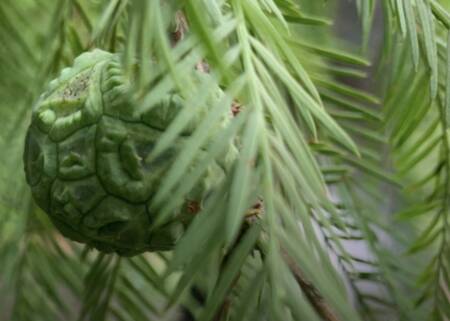
18 Fairgrounds Road
08619 Hamilton, New Jersey
Vereinigte Staaten
Grounds for Sculpture
GROUNDS FOR SCULPTURE IS A MUSEUM, SCULPTURE GARDEN, AND ARBORETUM WHERE ART AND NATURE ARE ALWAYS AT PLAY.
Outdoors, nearly 300 contemporary sculptures are sited across 42 landscaped acres. Indoors, temporary exhibitions from established and emerging artists are featured in six galleries. Engaging and educational programs for all ages are offered year-round, and may include lectures from top minds, hands-on workshops, tours, concerts, and performances.
Grounds For Sculpture was founded by artist and philanthropist Seward Johnson. It opened in 1992 on the former New Jersey State Fairgrounds and was a natural extension of its predecessor, The Johnson Atelier. Hundreds of artists studied and produced work at the Atelier, and Johnson saw the potential of the neighboring bygone fairgrounds as a place where artwork could be sited within the landscape, and visitors could delight in discovering contemporary sculpture.
More than 700 artists have had their work on view here. The collection contains sculpture by 150 artists, including Clement Meadmore, Anthony Caro, Beverly Pepper, Kiki Smith, George Segal, Magdalena Abakanowicz, Isaac Witkin, Joyce J. Scott, Willie Cole, and founder Seward Johnson. Many sculptors attribute their roots here, and each year, more artists are offered the unique opportunity to create new site-specific work for the galleries or outdoors.
Grounds For Sculpture is a public not-for-profit organization governed by a Board of Trustees who oversee the successful operation of the sculpture park and museum. As a nonprofit public institution, Grounds For Sculpture relies on the support of visitors, art patrons, donations and grants to offer its rich programs and activities each year.
We invite you to join us and enjoy the truly unique experience of Grounds For Sculpture.
- Emotional and Spiritual Invitation. The Park should be a public space where the broadest cross section of the public is invited to relate to sculptural arts and nature in an emotional way and encouraged to overcome any natural, habitual, or learned resistance or fear of art, for an experience that elevates the soul and heals the spirit.
- Visceral Experience. Tools for learning and any intellectual visitor approach to artwork must not precede, preempt, or otherwise interfere with the first, visceral response.
- Joy of Discovery. Park visitors should have a self-directed experience accompanied by the joy of discovery, allowing for a greater appreciation and understanding of challenging works of art.
- Sensory Delight. The Park should be a delight to all of the senses. In order to bring them closer to the artworks, visitors should be encouraged to touch sculpture with care and respect. Visual, tactile, and auditory experience should be further enhanced with dance, music, poetry, painting, photography, and other forms of art, without disturbing the enjoyment of the sights, sounds, smells, and sanctity of nature.
- Collection and Exhibitions. The collection and exhibitions should include sculpture by recognized masters and emerging artists. Acquisitions should emphasize the work of living artists with significant influence on contemporary sculpture. Artworks should be displayed thoughtfully and creatively, and in harmony with their natural surroundings, which should be symbiotic with, supportive of, and specifically designed to enhance the artworks.
- Docents. Docents should guide Park visitors in a manner centered on the visitor’s observation of and experience with art rather than the artist’s intent. Docents should invite visitors to examine, think, and respond using their senses to make observations and discover meaning based upon their own experience.
- Arts Community Leader. Grounds For Sculpture should serve as a leader in the arts, landscape design, and horticulture communities by assisting others in replicating aspects of the Park model and serving as an inspiration for accessible public art and horticulture.
- Park Evolution. In order to evolve and improve, Grounds For Sculpture should foster a culture of learning and self-reflection, thereby becoming more effective and responsive to the needs and desires of Park visitors and artists.
- Culinary Experiences. Visitors’ sense of taste should be fulfilled through culinary experiences at the Park, including at Rat’s Restaurant, a warm, hospitable environment inspired by impressionist masters that provides an escape from the ordinary, transporting the visitor to another place and time.
- Sculpture Along the Way. Visitors should be led to the Park by a path of well-placed sculpture that heightens a sense of anticipation and adventure.